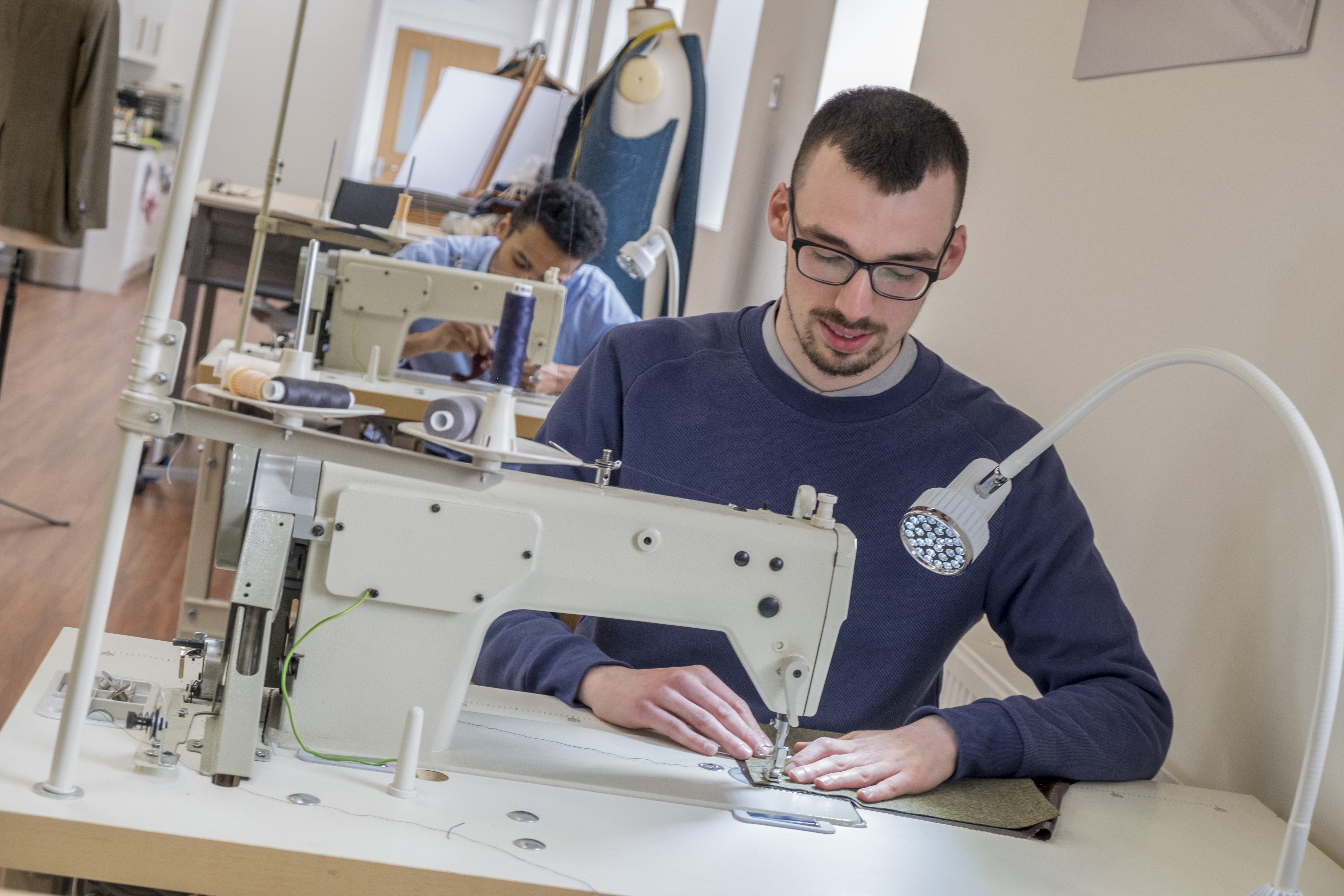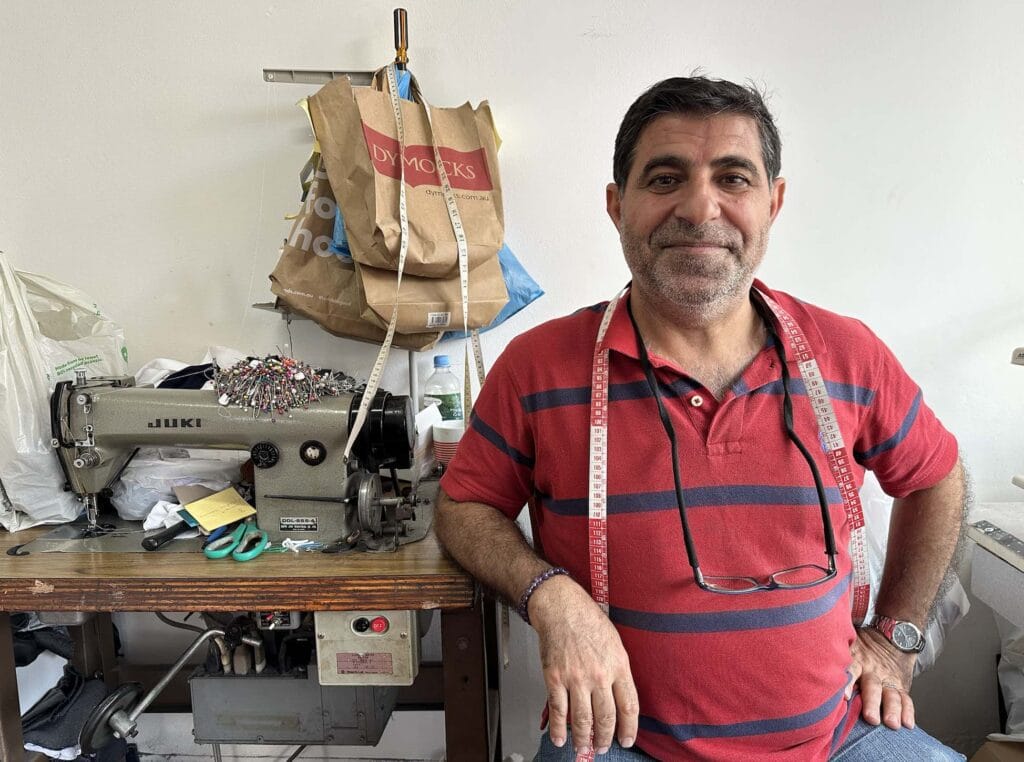Tailor Perth Specialists: Tailor-Made Solutions for Elegant Clothes
Tailor Perth Specialists: Tailor-Made Solutions for Elegant Clothes
Blog Article
Recognizing the Tailoring Process: From Material Option to Last Suitable for the Suitable Wardrobe
The tailoring process is a complicated interaction of art and scientific research, beginning with the critical decision of fabric selection and finishing in the specific modifications of final fittings. Each material kind brings one-of-a-kind top qualities that influence not only the aesthetic charm but likewise the garment's longevity and viability for various occasions. Understanding the subtleties of tailoring strategies can raise one's closet to unmatched levels of sophistication. As we discover these components better, one need to think about just how also the smallest information can considerably affect the general result of one's personal style.
Value of Material Choice
Picking the ideal textile is crucial in the customizing procedure, as it straight influences the comfort, durability, and total visual of the last garment (tailor perth). The choice of fabric sets the structure for the garment's efficiency, functionality, and design. Various textiles have distinct residential properties, such as weight, breathability, and stretch, which can dramatically affect exactly how the garment drapes and fits the body
Additionally, material choice influences the garment's durability and ease of treatment. Top notch textiles can stand up to damage, preserving their appearance and structure over time, while lower-quality products might lead to pilling or fading. In addition, the best fabric adds to the garment's capability to change across periods and occasions, thus boosting convenience.
A customized piece made from a proper fabric not just showcases craftsmanship but also boosts the wearer's self-confidence. Comprehending the nuances of fabric option is extremely important for any type of customizing endeavor. It ensures that the end product not only fulfills the aesthetic needs of the customer yet likewise aligns with functional demands, therefore achieving an unified equilibrium in between kind and feature in the customized wardrobe.
Kinds Of Fabrics and Their Uses
Comprehending the different sorts of materials offered is vital for making educated choices throughout the customizing process. Each material possesses one-of-a-kind features that dictate its viability for details garments and occasions.
Its flexibility allows it to be tailored into everything from tee shirts to outfits. Its natural elasticity helps garments maintain form over time.
Silk shows luxury and is lightweight, making it ideal for eveningwear and fragile shirts; nevertheless, it requires mindful handling because of its delicacy. Linen, with its distinctive coating, is a preferred choice for cozy environments, supplying a crisp and ventilated feeling, however it wrinkles easily, which might affect the garment's appearance.
Synthetic materials, such as polyester and nylon, deal durability and resistance to creases, making them appropriate for daily wear and active clothing. Comprehending these material types and their homes enables far better decision-making, making certain that each customized piece not only fits well however also lines up with the desired function and celebration.
The Tailoring Strategies Clarified
The art of customizing relies upon a range of methods that transform material into well-fitted garments. Central to this process is pattern drafting, where a tailor produces design templates based upon the customer's dimensions and wanted design. This preliminary step guarantees that the garment will fit the wearer properly before any kind of reducing happens.
Once patterns are established, reducing techniques come into play. Precision is vital as errors can bring about misfitting garments. pop over to these guys Tailors frequently utilize numerous cutting approaches, such as single-layer reducing for complex designs and multiple-layer cutting for effectiveness on conventional patterns.
Basting is another vital strategy, allowing tailors to momentarily stitch fabric items together for a preliminary installation. This technique offers the chance to assess the drape and general silhouette before last stitching.
Seaming strategies, including french joints and flat-felled seams, boost the garment's longevity and visual appeal. Tailors additionally utilize strategies such as interfacing and extra padding to offer structure and form to particular locations, like shoulders and collars.
Last but not least, ending up strategies, including hemming and edge ending up, ensure the garment's long life while offering a refined look. With each other, these methods form the foundation of reliable tailoring, resulting in elegant, tailor-made apparel.
Fitting Changes and Factors To Consider

Trick factors to consider consist of the shoulder fit, which must neither sag nor restrict activity, and the sleeve size, which should allow for comfortable arm motion while keeping a sleek appearance. Additionally, adjustments at the waistline can fine-tune the silhouette, with choices to let out or absorb textile as needed.
The rise of trousers is another vital variable; it needs to rest easily over the hips without causing discomfort, enabling convenience of motion. Hemming lengths for both pants and skirts should mirror the user's preferred style while appreciating percentages.

Keeping Your Tailored Garments
Proper maintenance of tailored garments is necessary to maintaining their fit and look gradually. To make certain durability, regular cleansing is vital. Always follow the care tag guidelines, which might suggest completely dry cleansing for fragile textiles or equipment washing for even more durable products. Stay clear of constant laundering, as this can put on down the textile and modify the garment's form.
Storage space is similarly important; see usage cushioned wall mounts for jackets and coats to preserve shoulder structure, and shop trousers folded nicely or hung to protect against creasing. Shield garments from straight sunlight, which can discolor shades and damage fibers.
Furthermore, periodic evaluations for minor repairs can protect against bigger problems. Check for loosened buttons, fraying seams, or indications of moth damage, dealing with these problems promptly to keep the garment's honesty.
Last but not least, think about seasonal rotation. Using customized pieces in moderation permits fabrics to recuperate, extending their life-span. By executing these upkeep methods, you can ensure that your customized garments remain as immaculate as the day you first official source used them, enhancing your perfect closet for years ahead.
Verdict
The tailoring procedure, incorporating textile choice, proficient techniques, and accurate fitting changes, plays a critical function in producing garments that improve both convenience and style. Each phase adds to the overall efficiency of the end product, making sure that clothing not only fits well yet also shows individual identity. Moreover, understanding the importance of maintenance expands the life of tailored garments, solidifying their value in a well-curated closet. A detailed technique to customizing culminates in a polished and positive appearance.
Choosing the right fabric is critical in the customizing procedure, as it directly affects the comfort, longevity, and total aesthetic of the final garment. The selection of fabric establishes the foundation for the garment's design, capability, and efficiency. Various textiles have distinct properties, such as weight, stretch, and breathability, which can substantially influence just how the garment drapes and fits the body.
The art of customizing counts on a range of strategies that change material right into well-fitted garments.The tailoring procedure, including textile selection, knowledgeable methods, and exact fitting adjustments, plays an important duty in producing garments that enhance both comfort and design.
Report this page